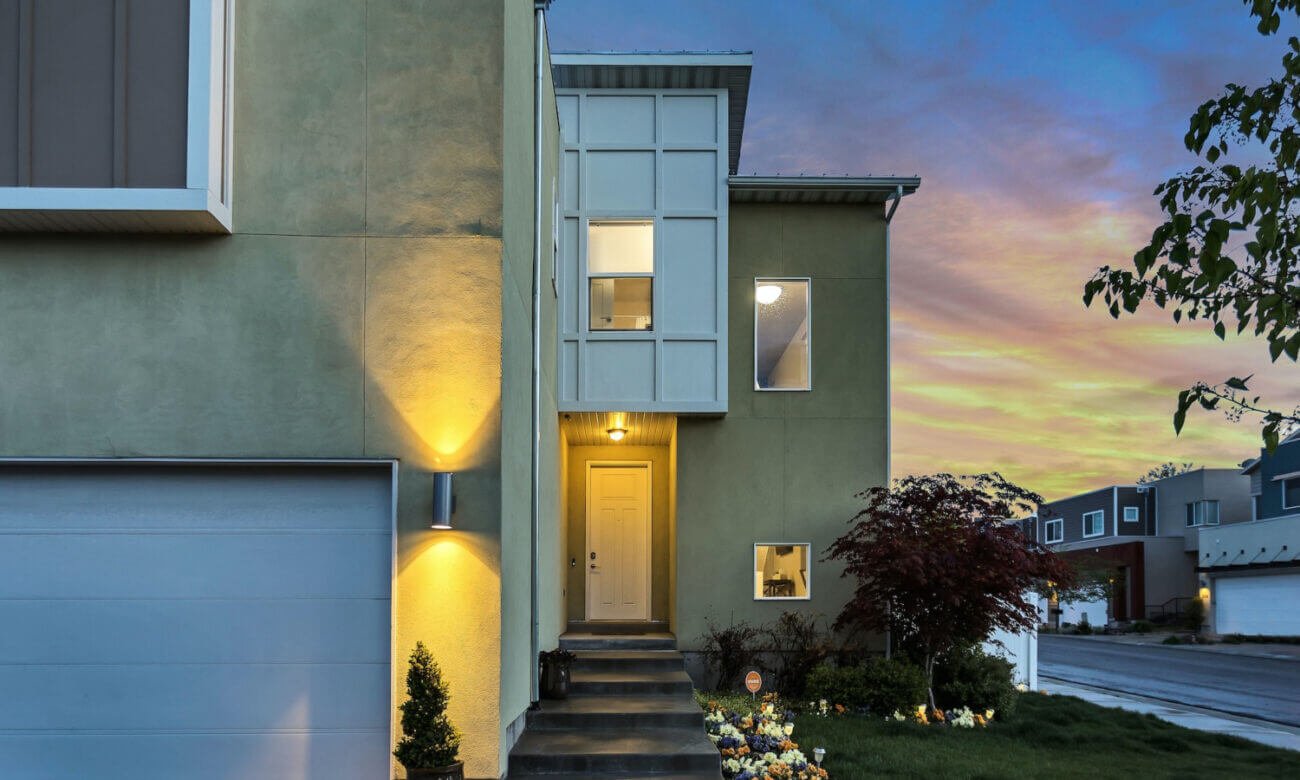Whatever the reason for having a second property, there are in fact many multiple-property owners in Canada. In British Columbia and Nova Scotia, for instance, owners with multiple properties represent 15% and 22% of all home owners, respectively, according to Statistics Canada. That’s more than one in 10 home owners in British Columbia, and almost one in five in Nova Scotia.
If you’re hoping to be among the growing number of Canadians who own a second property, or if you want to add a third or fourth, it’s essential that you become familiar with the mortgage rules.
The rules for getting a second property mortgage
If you already own a home, here’s some good news: First and second property mortgages have much in common. So, you know some steps, but it’s always good to have a reminder. Whether you’re applying for a mortgage on your first or second home, you will have to:
- Qualify for the mortgage under the Canadian mortgage stress test.
- Have debt service ratios that meet your lender’s requirements: Depending on the lender, you may be limited to a maximum gross debt service (GDS) ratio of 39% and a maximum total debt service (TDS) ratio of 44%.
- Have a strong credit history: It’s possible to qualify for a mortgage with a credit score of 600 or less. However, a score of 680 or more is generally needed to get the best mortgage rates from a prime lender, like a major bank.
Qualifying criteria can vary between types of lenders, so always ask your lender or mortgage broker about the criteria you must meet.
So, there are many similarities between buying your first property and buying your next. But now on to what’s different.
What’s different about the mortgage rules for second properties
Everyone who buys a home in Canada must meet certain down payment requirements. The main difference when getting a mortgage for a second property is that the down payment requirements can vary, based on two factors:
- How you intend to use the property—i.e., for personal use (such as a second home or cottage) or as a rental or investment property.
- Whether or not the property will be owner-occupied—i.e., whether you will be living in the property (alone or with a tenant) or renting out all the units in the building.
If the second property is for personal use, such as a vacation property or cottage, you will likely have to meet the same down payment requirements as with your first home. For example, a second home purchased for $800,000 requires a down payment of 5% on the first $500,000, plus 10% on the portion above $500,000.
Rentals that are owner-occupied—maybe a home in which the owner lives on the main floor, and a tenant lives in the basement suite—generally are subject to the same rules, says Elan Weintraub, co-founder and mortgage broker with mortgageoutlet.ca.


